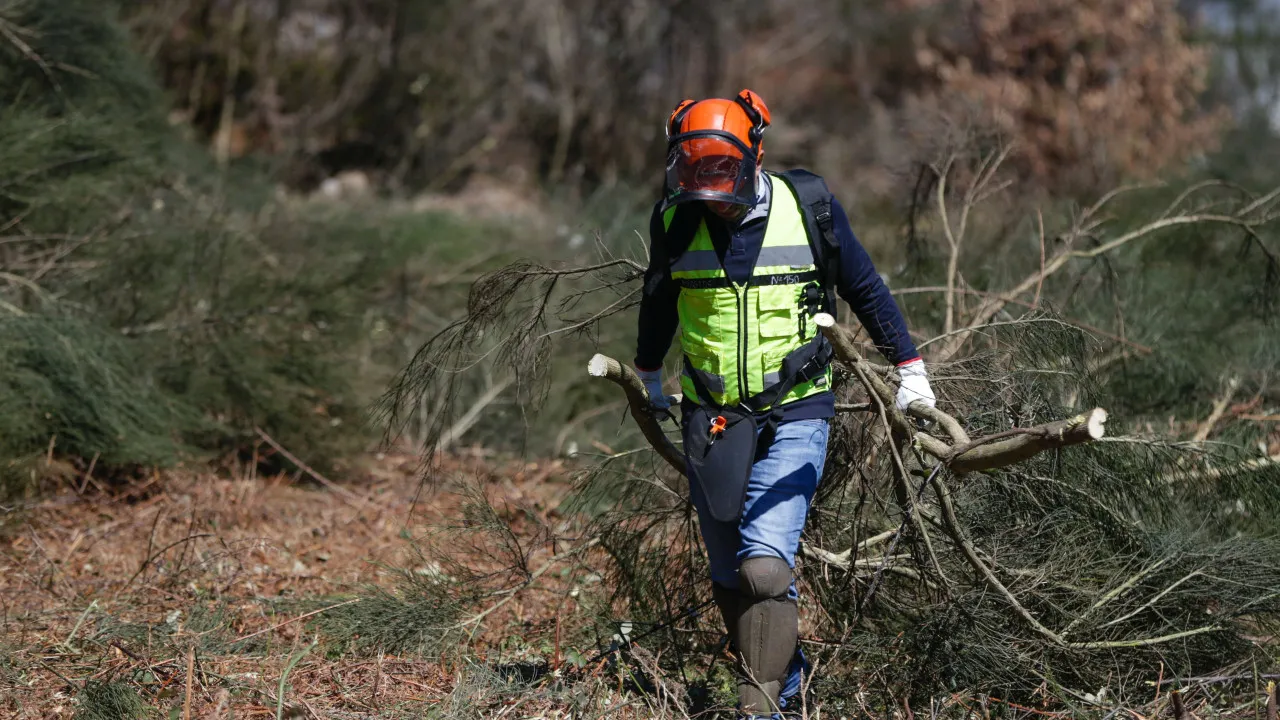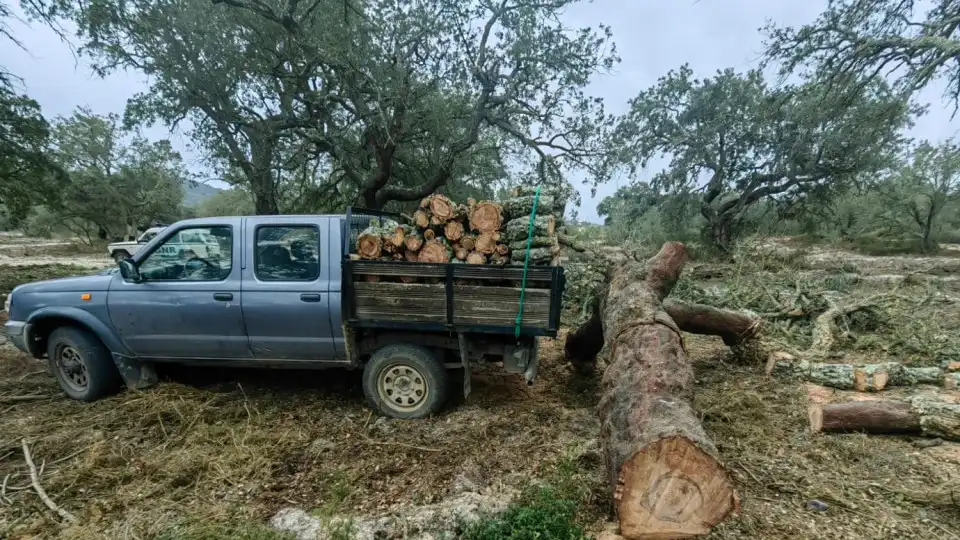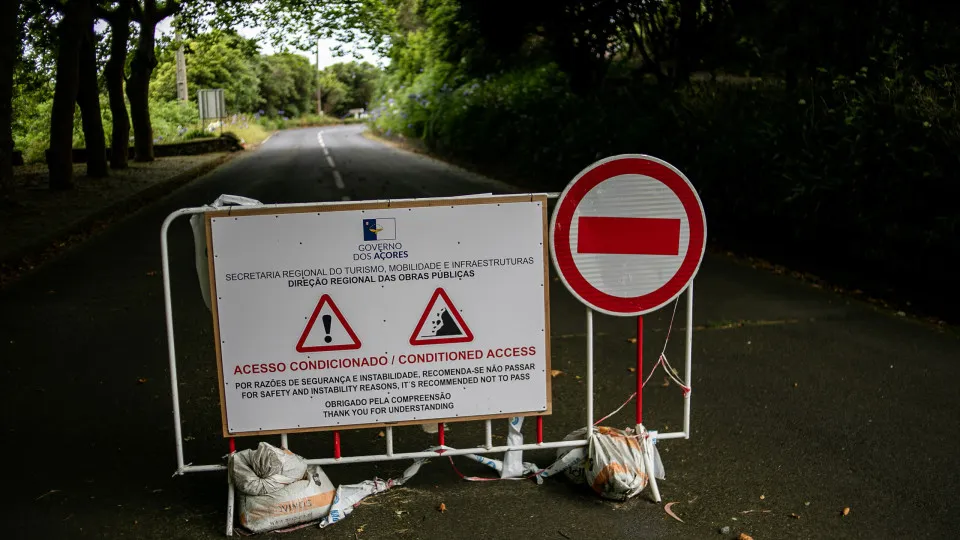An international study published in the journal Nature and involving Portuguese researchers has concluded that despite the positive trends of the 1990s, the recovery of biodiversity in European rivers has stalled since 2010.
According to experts quoted in a press release issued today by the University of Coimbra (UC), the increases seen in the biodiversity of European watercourses “occurred mainly before the 2010s and have since stagnated”.
“The gains in biodiversity in the 1990s and 2000s reflect the improvement in the physical and chemical quality of the water, due to the implementation of more effective treatment systems and ecological rehabilitation or restoration projects. However, the slowdown in the recovery of riverine biodiversity in the 2010s shows that the current measures are not sufficient, and that they are translating less and less into positive results in the recovery of biodiversity,” explained Maria João Feio, a researcher at the Center for Marine and Environmental Sciences (MARE) of the Faculty of Science and Technology of the University of Coimbra (FCTUC).
Maria João Feio took part with Manuel Graça, a researcher from the same organization, in the study now published, which brought together 96 European experts from 70 institutions and was coordinated by researchers from the Senckenberg Research Institute and the Natural History Museum (Frankfurt, Germany).
The scientist recalled that over the last three decades, especially since the publication of the European Water Framework Directive in 2000, “various mitigation measures have been implemented to combat the degradation of rivers and their ecosystems”.
“However, the number of factors threatening these ecosystems continues to increase worldwide,” he warned.
The study aimed to analyze the level of recovery of the aquatic biodiversity of riverine systems over time, as a result of the mitigation measures implemented in Europe. It was possible to conclude that there has been an increase in the number of species (0.73% per year), functional richness (2.4% per year) and abundance (1.7% per year) in the aquatic macroinvertebrate communities.
However, “despite these positive trends”, the number of species “still decreased in 30% of the sites”, Maria João Feio noted.
“The riparian ecosystems where there was the least recovery were those located downstream of dams, in urban areas and on agricultural land. In addition, invertebrate communities located in areas with faster rates of warming had less recovery, which shows the impacts of climate change, namely the effect of rising temperatures,” emphasized the UC researcher.
The stagnation, she continued, “has occurred because new threats have also emerged, namely emerging pollutants such as pharmaceuticals and microplastics, climate change and invasive species”.
Maria João Feio said that the number of non-native species found in 69% of the sites analyzed “has been increasing sharply” at a rate of 4% per year.
Given these results, the researchers consider it “urgent to continue ecological restoration based on renaturalization and recovery of species, not merely aesthetic, or focused on runoff, or the removal of nutrients from the water, but also new planning focused on new impacts, such as emerging pollutants, climate change and invasive species”.
The research also showed the importance of continuing the ecological monitoring of rivers, “so that studies can be carried out that address temporal changes”.








